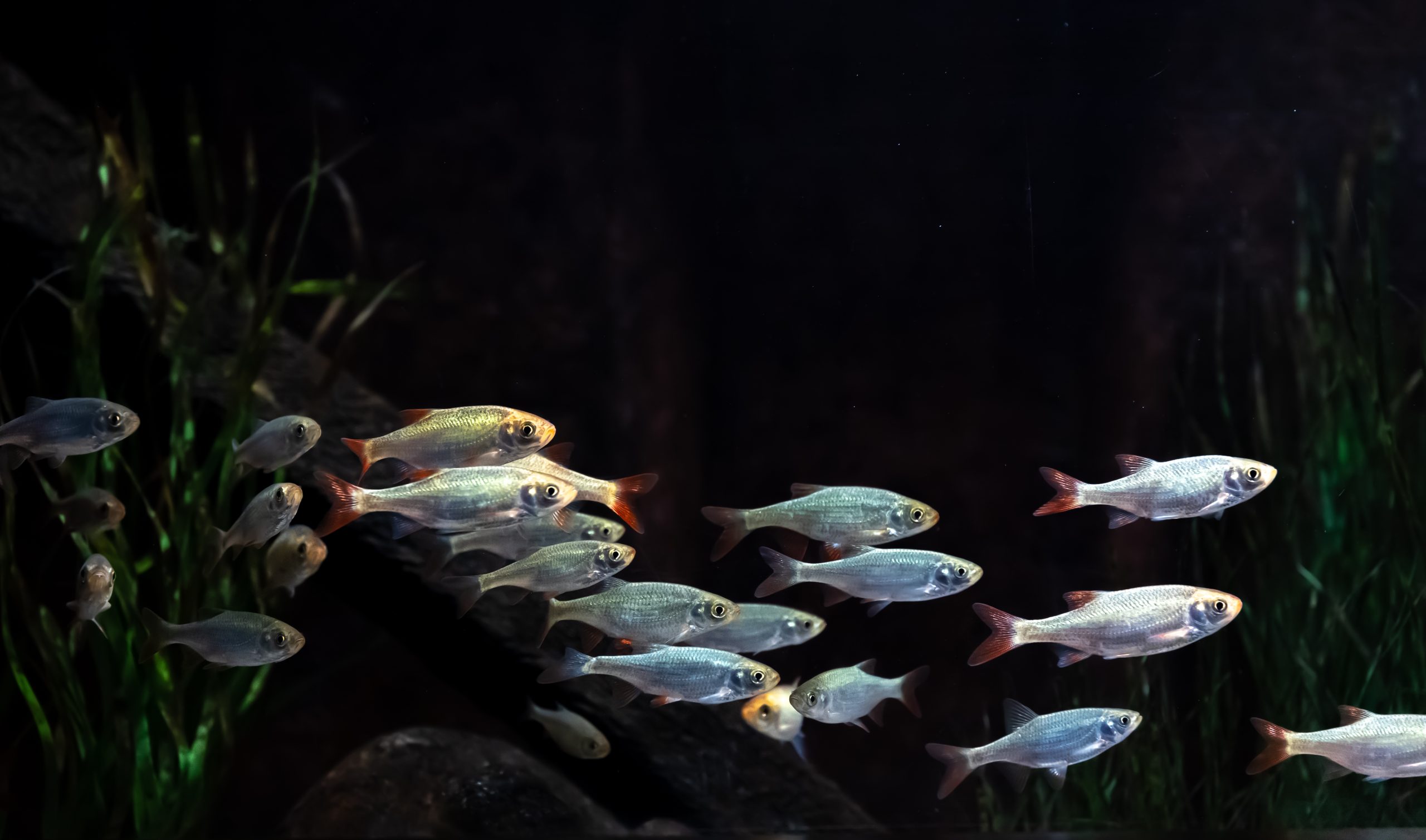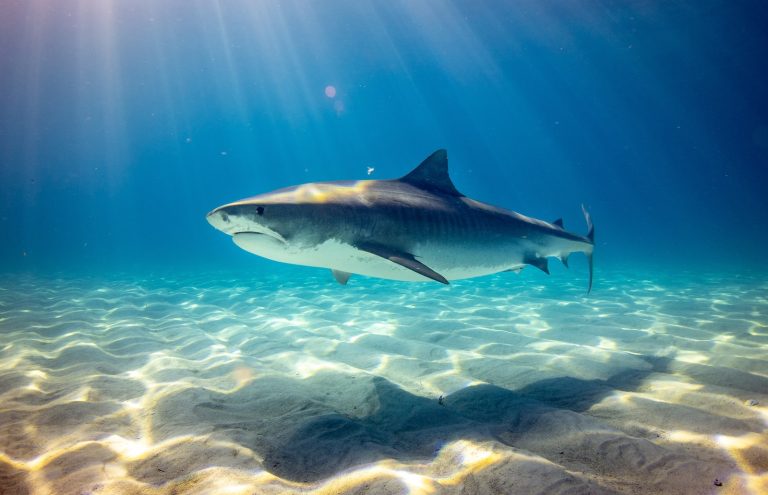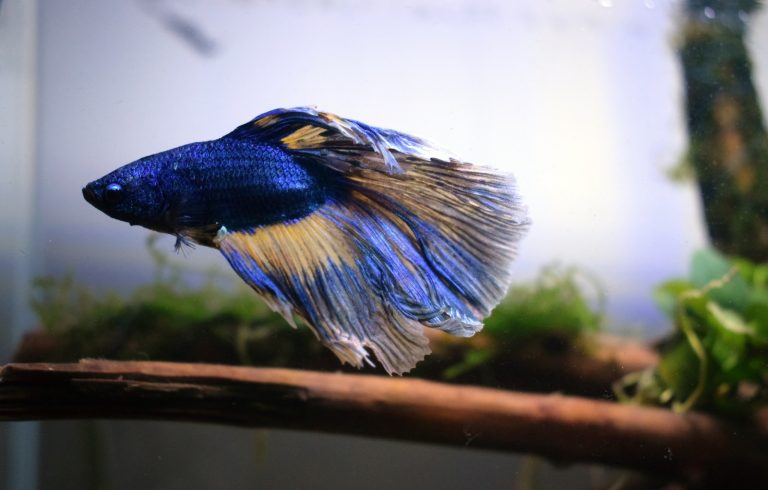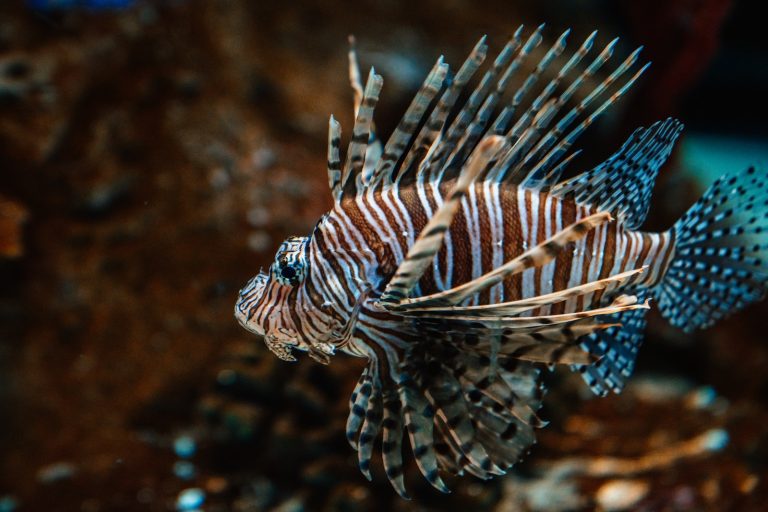Are you considering adding Platies to your aquarium but wondering, “How Many Platies in a 10 Gallon Tank?” Look no further. In this comprehensive guide, we’ll explore everything you need to know about keeping Platies in a 10-gallon tank. From understanding the ideal Platy population to their behavior, tank setup, feeding, and health care, we’ve got you covered.
Platies in a 10 Gallon Tank
Platies are vibrant and hardy freshwater fish, making them a popular choice among aquarium enthusiasts. These small, colorful fish are known for their peaceful nature and ease of care. If you’re a beginner or simply looking to enhance your aquarium with these lively creatures, you’re in the right place.
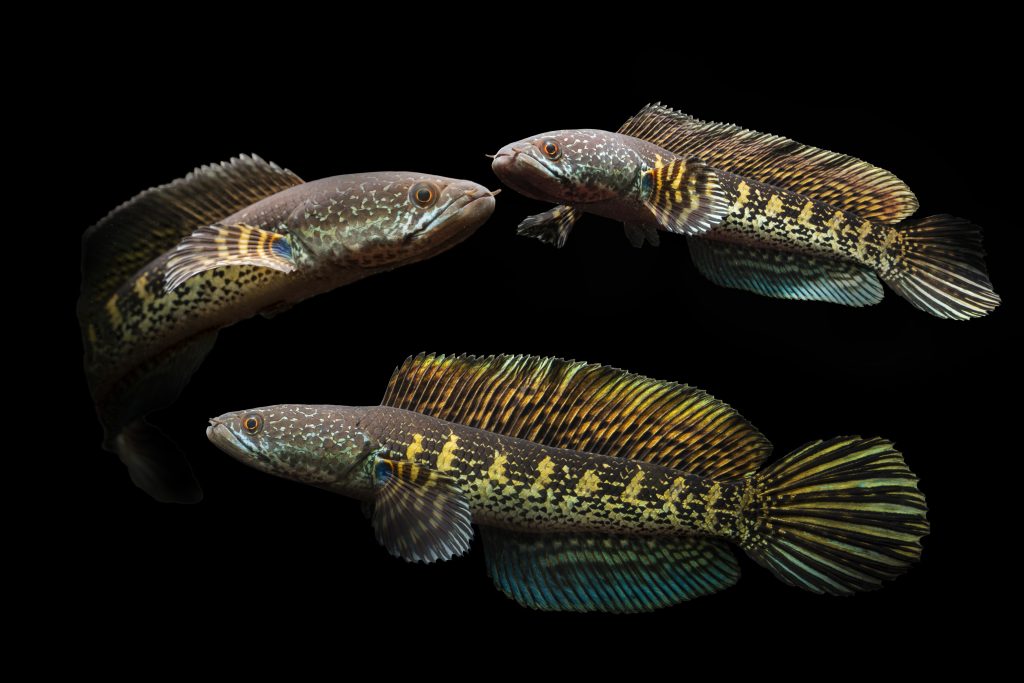
Understanding the Basics of Platies
Before diving into the specifics of Platy care, it’s essential to understand their basics. Platies are part of the Poeciliidae family and are native to Central America. They come in various colors and patterns, making them a visually appealing addition to your tank.
How Many Platies in a 10 Gallon Tank
Determining the ideal number of Platies for your 10-gallon tank is crucial for their well-being. Let’s explore this in more detail:
Ideal Platy Population:
A general guideline is to have one Platy per gallon of water. Therefore, a 10-gallon tank can comfortably accommodate 6-8 Platies, ensuring they have enough space to swim and thrive.
Factors Affecting Platy Population:
Factors such as tank decorations, plants, and filtration play a role in how many Platies your tank can support. Adequate hiding spots and swimming space are essential considerations.
Platies and Their Behavior
Understanding the behavior of Platies is vital for creating a harmonious tank environment. Platies are social fish and enjoy the company of their kind. Here are some behavioral considerations:
Platies’ Social Nature:
Platies are known to be peaceful and can coexist with various other fish species. However, they thrive when kept with their kind, so consider having a small group of Platies in your tank.
Behavioral Considerations:
Platies are active swimmers and appreciate a well-decorated tank with plenty of hiding spots. They are also known for their playful nature, making them a delightful addition to any aquarium.

Setting Up a 10 Gallon Platy Tank
Creating the right environment for your Platies is crucial for their well-being. Let’s discuss the essentials of setting up a 10-gallon Platy tank:
Tank Size and Equipment:
A 10-gallon tank is the minimum recommended size for Platies. Ensure you have a reliable filter, heater, and lighting to maintain a stable environment.
Water Conditions:
Platies thrive in slightly alkaline water with a pH level of around 7.0-8.0. Maintain a water temperature between 72-78°F (22-26°C).
Tank Decorations and Plants:
Platies appreciate a tank with live or silk plants, which provide hiding spots and contribute to a natural-looking environment. Additionally, add decorations like caves and driftwood to create hiding places and stimulate their natural behavior.
Choosing Platies for Your Tank
When selecting Platies for your tank, consider the following factors:
Types of Platies:
There are various types of Platies, including Mickey Mouse Platies, Sunset Platies, and Red Wagtail Platies. Choose the ones that captivate you the most and suit your tank’s aesthetic.
Selecting Healthy Platies:
Examine potential additions for signs of good health, such as vibrant colors, clear eyes, and active swimming. Avoid fish with any visible signs of illness.
Feeding Your Platies
Providing the right nutrition is essential for the health and vibrancy of your Platies. Here’s what you need to know:
Proper Platies Diet:
Platies are omnivores and enjoy a varied diet. Feed them high-quality flake or pellet food, supplemented with occasional treats like live or frozen foods.
Feeding Frequency:
Offer small, frequent meals throughout the day, but ensure you don’t overfeed, as excess food can lead to water quality issues.
Tank Maintenance
Regular tank maintenance is crucial to keep your Platy tank in top condition. Follow these guidelines:
Cleaning and Water Changes:
Perform regular water changes (about 20-30% every two weeks) and clean the substrate to remove debris and maintain water quality.
Maintaining Water Quality:
Use a water test kit to monitor parameters like pH, ammonia, and nitrite levels. Maintain proper filtration to keep the water clean and clear.
Platies’ Health and Common Issues
Keeping your Platies healthy is a top priority. Learn about common health problems and how to prevent them:
Common Health Problems:
Platies are generally hardy but can be susceptible to common fish diseases like Ich and fin rot. Quarantine new additions and address any signs of illness promptly.
Preventive Measures:
Maintain good water quality, provide a balanced diet, and avoid overcrowding to reduce the risk of health issues.
Breeding Platies
Platies are known for their prolific breeding. Here’s what you need to know about their reproduction process:
Platies’ Reproduction Process:
Platies give birth to live fry rather than laying eggs. A single female can produce several batches of fry from one mating.
Raising Platy Fry:
To raise Platy fry successfully, provide them with a separate breeding tank, proper nutrition, and adequate care.
FAQs
Wondering about specific aspects of Platy care? Check out these frequently asked questions:
What do Platies eat?
Platies are omnivorous fish, which means they have a diverse diet. In the wild, they feed on algae, small insects, and other aquatic creatures. To replicate their natural diet in your aquarium, you can provide them with high-quality flake or pellet food specially formulated for tropical fish. Additionally, offering occasional treats like live or frozen foods such as brine shrimp or bloodworms can provide them with essential nutrients and variety in their diet.
Can I mix Platies with other fish?
Yes, Platies are generally peaceful and can coexist with a variety of other fish species, especially those that share a similar temperament and water requirements. Popular tank mates for Platies include other peaceful community fish like Guppies, Tetras, Corydoras catfish, and Mollies. However, it’s crucial to research the specific needs and compatibility of any fish you plan to introduce to ensure a harmonious tank environment.
How often should I clean the tank?
Regular tank maintenance is essential to keep your Platy tank clean and healthy. It’s recommended to perform water changes of about 20-30% every two weeks. During these water changes, you can also clean the substrate to remove debris and waste. Additionally, periodically clean the tank decorations, filter media, and any algae buildup to maintain optimal water quality. Maintaining a consistent cleaning schedule helps create a stable and thriving environment for your Platies.
Do Platies require special care during breeding?
Platies are known for their prolific breeding, and they can reproduce quite easily in a well-maintained tank. To encourage successful breeding, consider providing a separate breeding tank with plenty of hiding places for pregnant females to give birth and for fry to hide. The water parameters and temperature should match those of the main tank. Once the fry are born, you can offer them specialized fry food or finely crushed flakes to ensure their growth and survival.
Are Platies suitable for beginners?
Yes, Platies are often recommended for beginners in the aquarium hobby. They are hardy, easy to care for, and adapt well to various water conditions. Their peaceful nature makes them suitable for community tanks, and their vibrant colors can add beauty to your aquarium. Just ensure you provide them with the appropriate tank size, water parameters, and a balanced diet, and you’ll have a great experience keeping Platies.
What should I do if my Platies get sick?
If you notice any signs of illness in your Platies, such as changes in behavior, loss of appetite, or visible symptoms like white spots (indicative of Ich), it’s essential to take prompt action. Isolate the affected fish in a quarantine tank to prevent the spread of the disease to others. Research the specific ailment and seek treatment accordingly. Consult with your local aquarium store or a veterinarian with expertise in fish health for guidance and medication recommendations. Maintaining a clean and well-maintained tank can also prevent many common health issues.
Conclusion
In this comprehensive guide, we’ve explored everything you need to know about keeping Platies in a 10-gallon tank. From understanding their behavior to setting up the perfect environment, feeding, and health care, you now have the knowledge to create a thriving Platy community in your aquarium. Remember, a well-maintained tank with happy Platies can provide you with endless enjoyment. So, go ahead, create your aquatic masterpiece, and enjoy the beauty of Platies in your 10-gallon tank.
